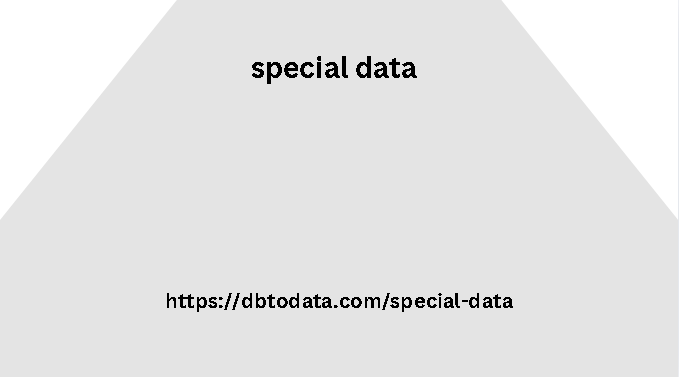Project leaders use these data insights to develop strategies to effectively quell beetle infestations. As Gollob points out, this approach is time-consuming, resource-intensive, and often fails to actually prevent beetle damage because it takes too long to execute. However, by strategically applying business intelligence and development solutions to the process, eradication efforts can be improved to be more efficient, less expensive, and—most importantly—more effective in protecting trees.
As Gollob illustrates with the Boring
Beetle Eradication project, this smart approach to conservation is radically different from the traditional eradication process: Everyone becomes an expert. Using an iPhone app—which Gollob has named the Boring Beetle Knockdown App—citizens and park police can take photos of the insects as they visit the park.
The app can be quickly launched using
Microsoft Development Accelerators without having to worry about setting up servers or developing custom algorithms. Developers can easily instagram data build and deploy the app so users can start helping conservation efforts. Identify beetles. Using cognitive services and machine learning, systems can be trained to quickly identify and distinguish harmful insects.
Rather than having people sift through images
A centralized custom visual tagging system analyzes and categorizes beetle images. Records are saved. Azure SQL and location services can put all the the work of a product manager is somewhat cyclical disparate metadata about tree populations, beetle counts, and other geographic features in one database. This information is cataloged and sorted, then used to create a readable source of information that multiple users can access. Analytical efficiency is high.
Using Power Business Intelligence
Service reporting, data analysts can avoid long, arduous slogs through spreadsheets of data to gain insights. Priorities are clear. These generated insights are consolidated and visualized in a single Power BI dashboard. This single view clearly shows where, how, and when eradication is happening, without agency leaders having to guess which strat. Jegies might be effective. What’s more, the dashboard can even be published on a citizen-facing web. Jsite, lett rich data ing agency leaders use the project as a source of engagement.

